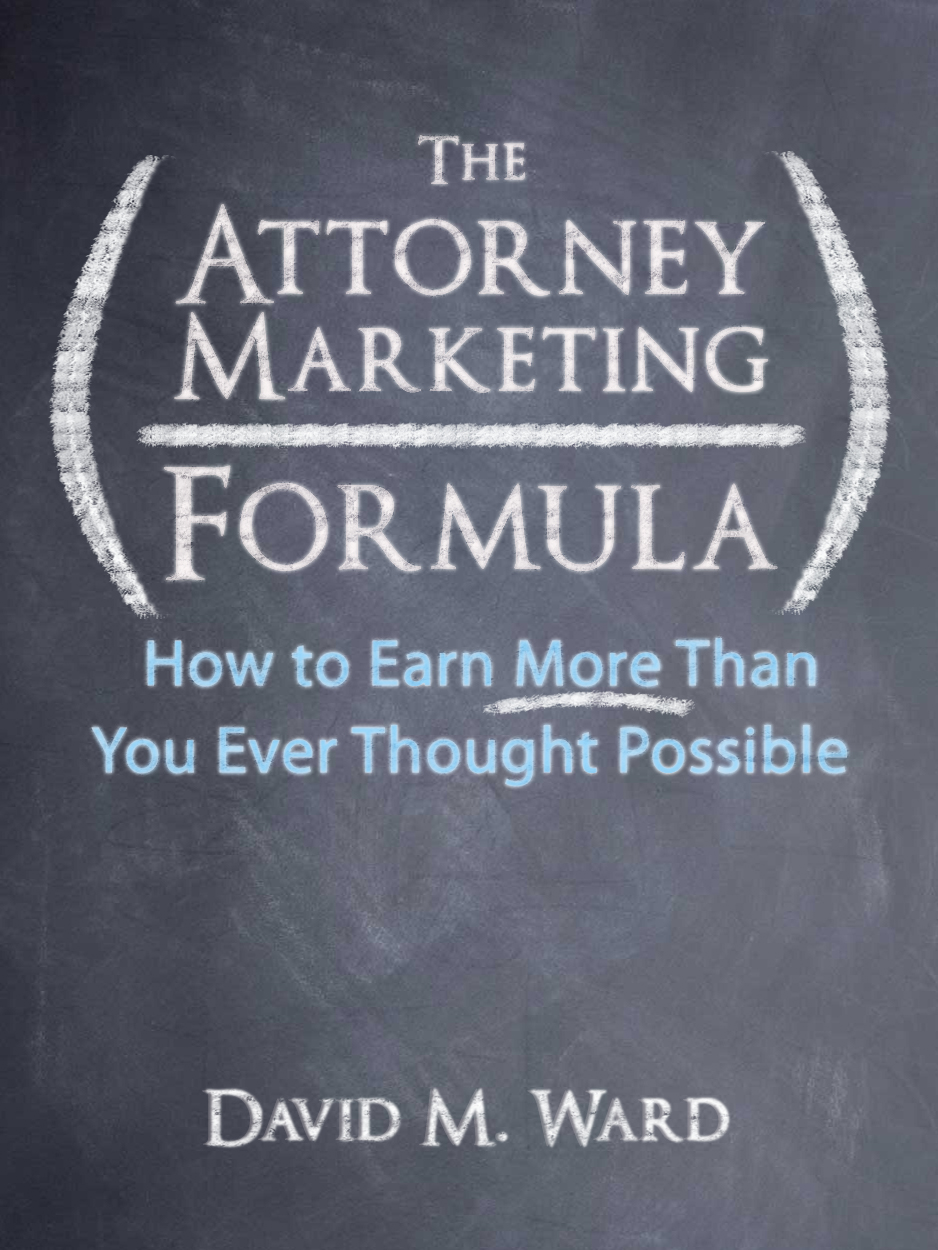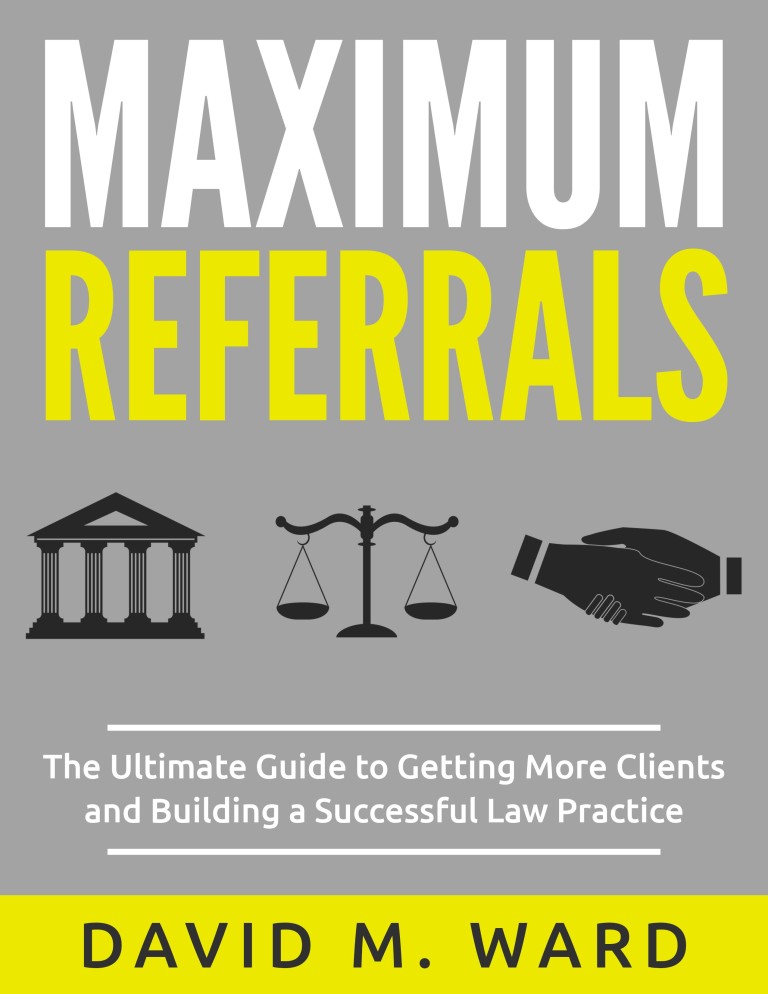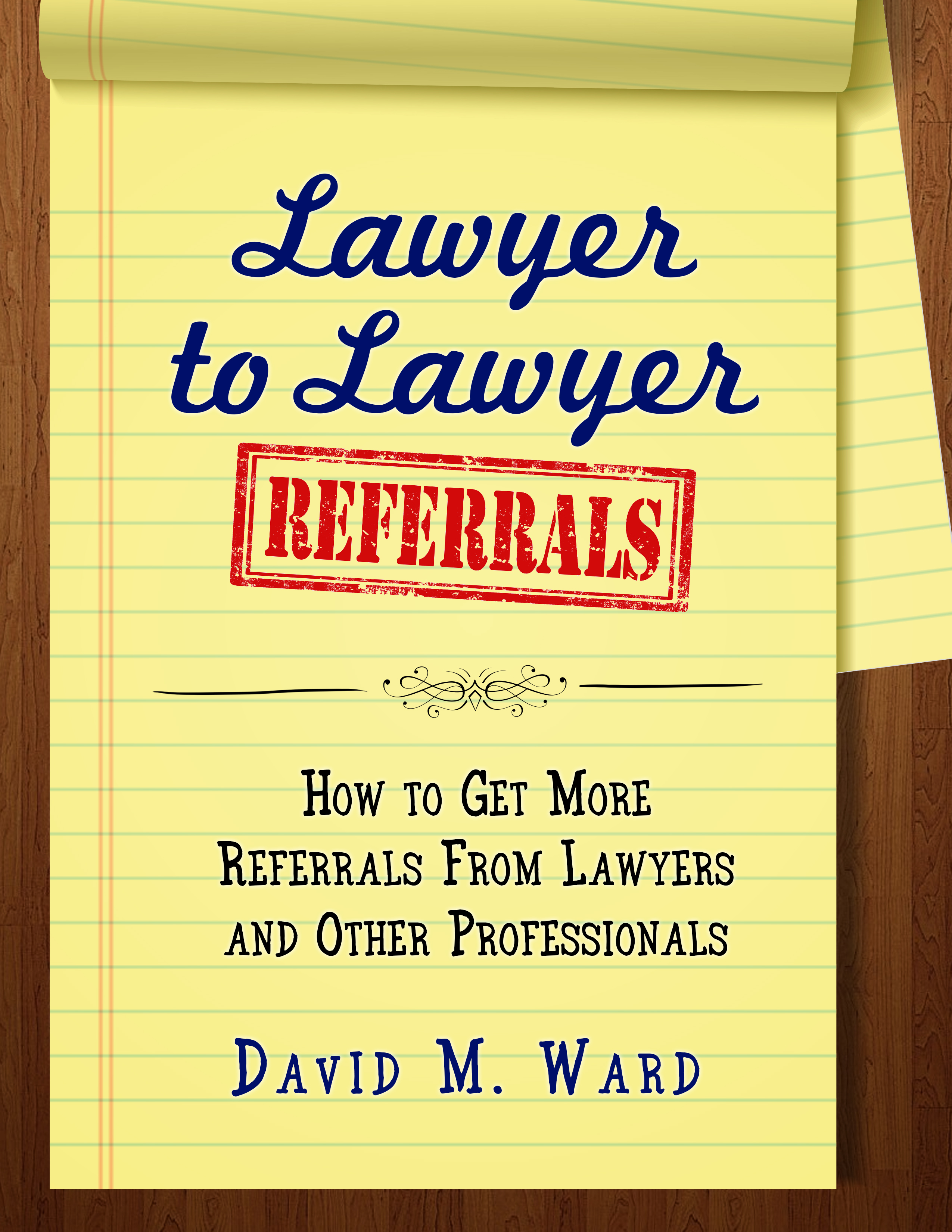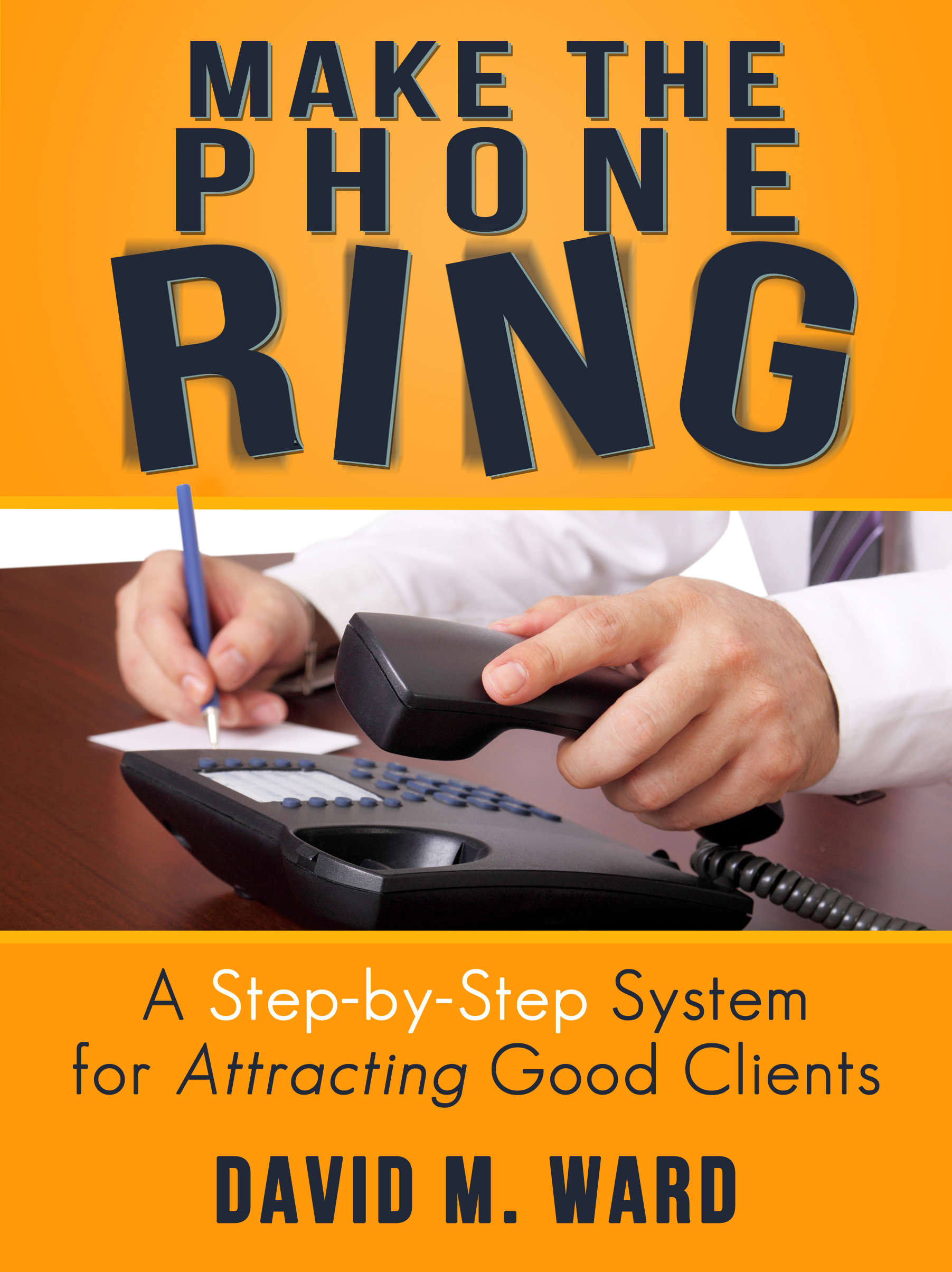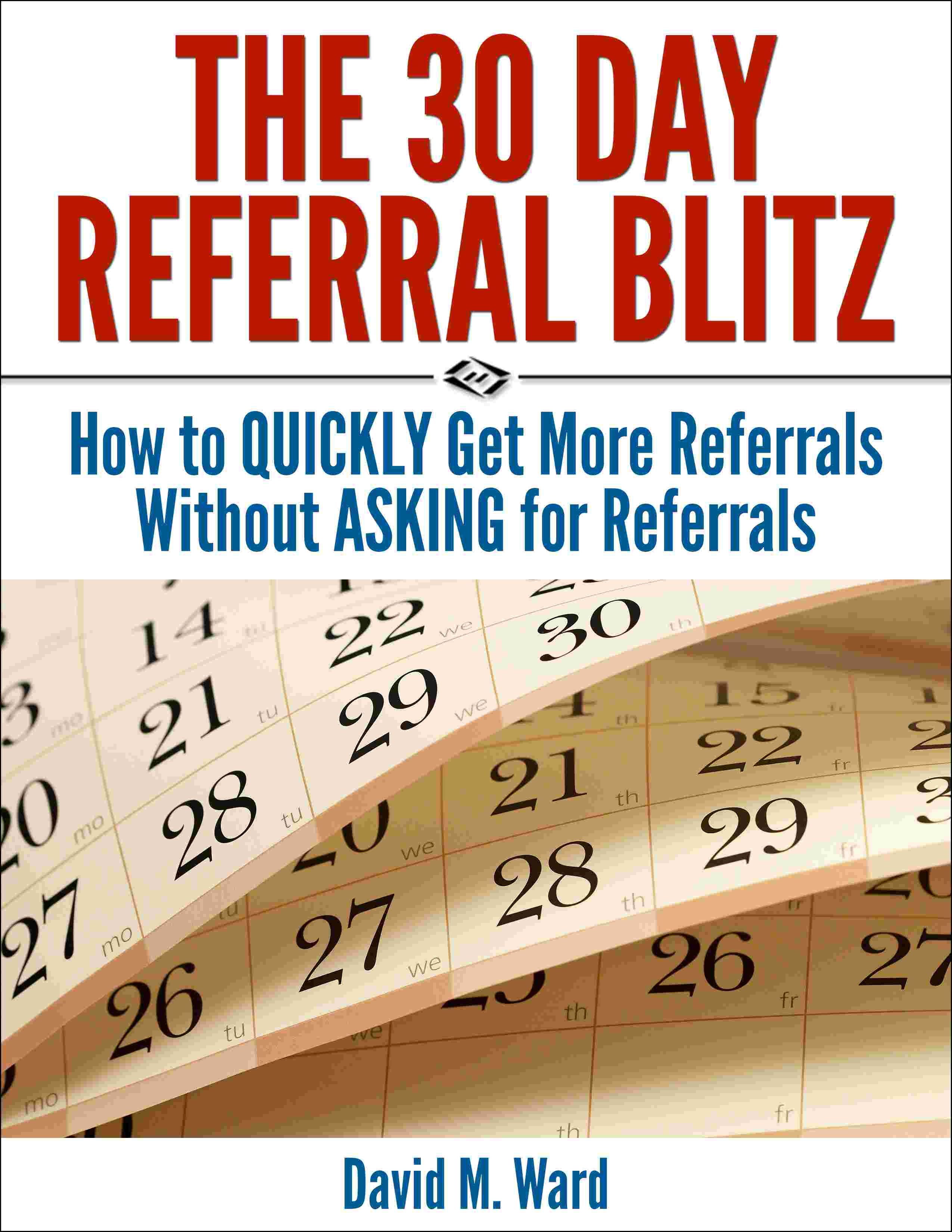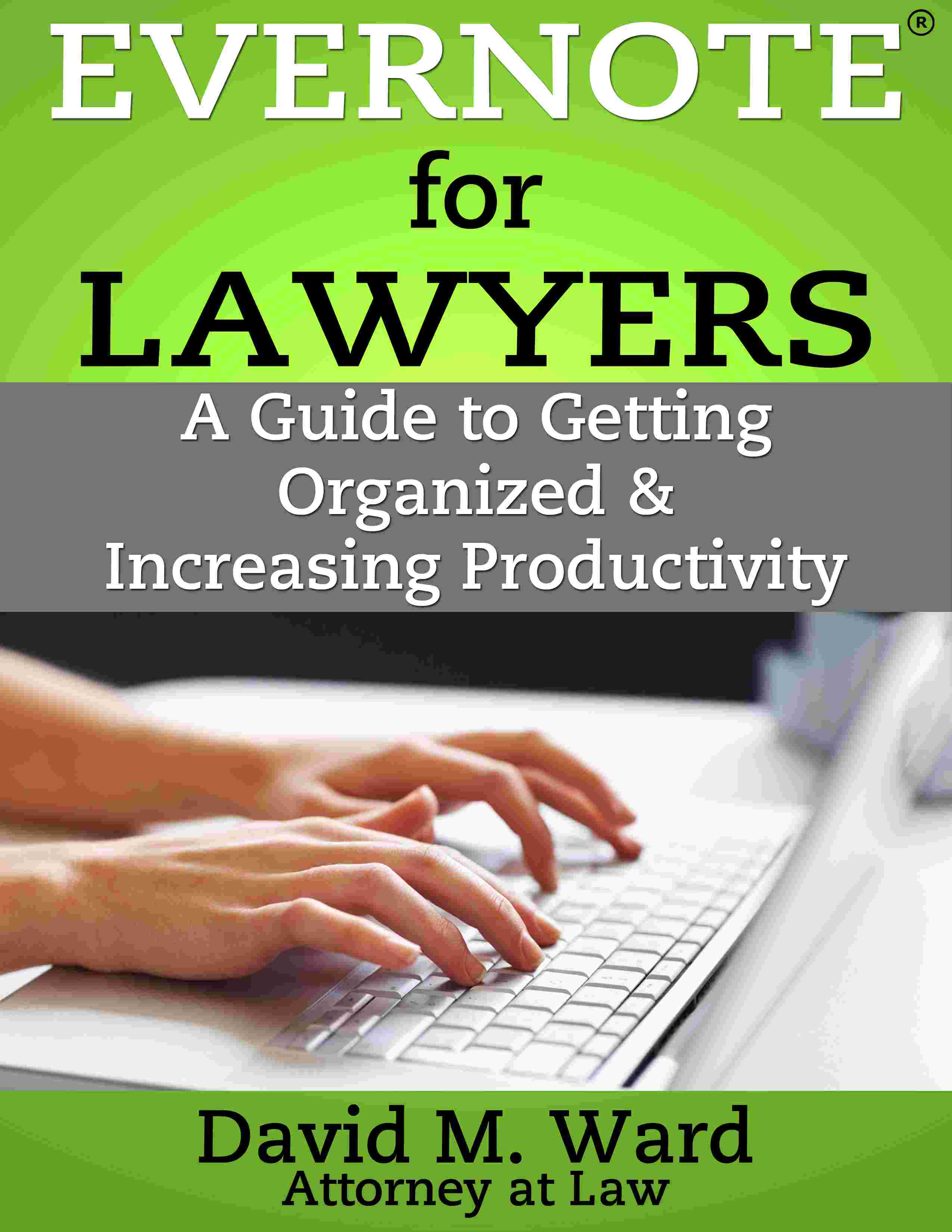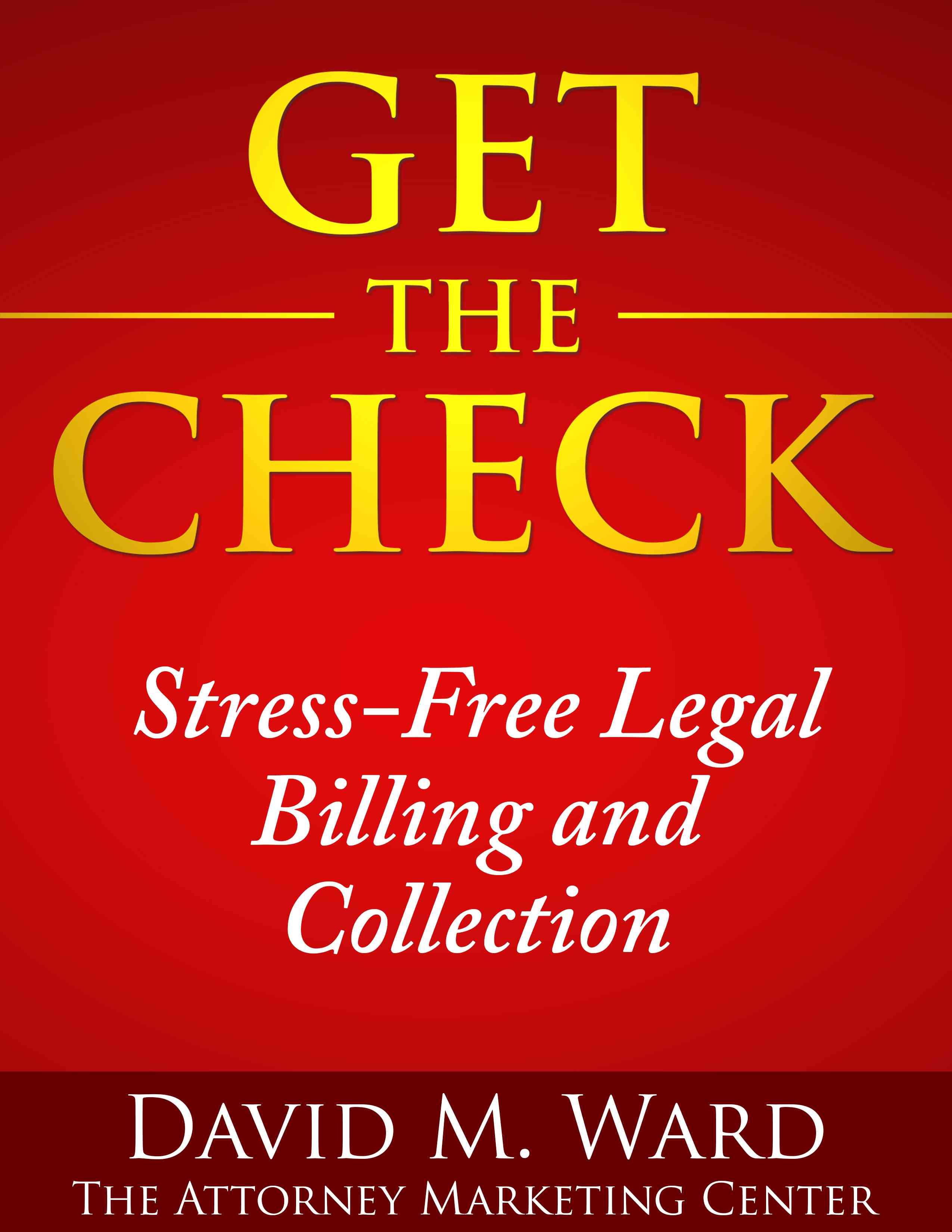You promised yourself you would write an article or blog post or newsletter, record a video, or prepare a talk for your networking group, but you don’t know what to write about.
Don’t panic. And don’t force it. Skip the day and try again tomorrow.
Tomorrow, you might
- Republish something you wrote a year or two ago; yes, you can do that. Most of your readers won’t remember (or care). And you have new subscribers or audience who haven’t heard that story before.
- Cut up that old 1200-word article and publish one of your points, perhaps 300 words, and call it a day.
- Rewrite that older piece. Update the law, use different examples or arguments, add a new story, change the headline, and you’re good to go.
Great. Immediate problem solved. For the future, here are some options:
- Consider allowing (or soliciting) guest posts from other lawyers or experts. Or asking a colleague to co-author an article with you.
- Ask your readers to submit questions they would like you to answer.
- Collect articles by other lawyers and experts that might interest your readers and use those articles to spark ideas for your next post. I do that all the time; can you tell?
- Set up an idea file. Anything you think about, wonder about, hear about… throw it in this file and dig through that file when you’re looking for ideas.
- Document your days: jot down a few lines about interesting or difficult clients or cases, opposing counsel, problems you solved, or people you meet, because it’s all fodder for your next post.
You can write about anything. And you should because it will make things a lot easier for you and more interesting for your readers.

